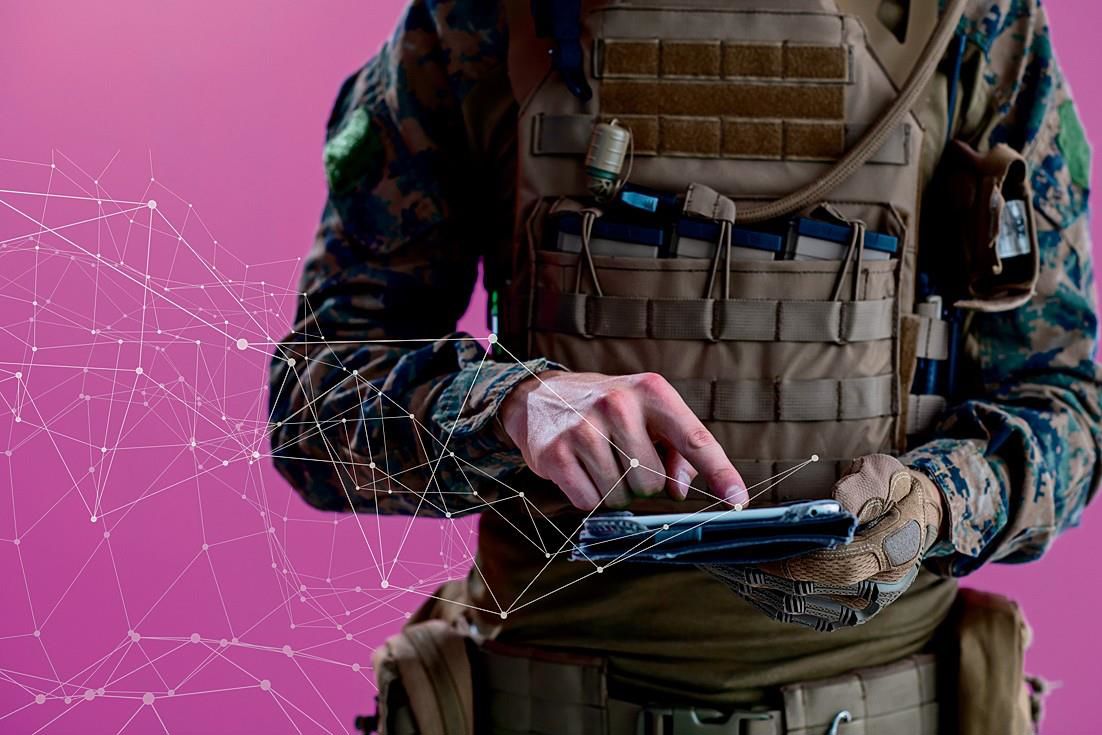Another system to manage real-time intel collation

Ajay Banerjee
New Delhi, January 14
The Army has adopted artificial intelligence for two separate projects — to identify suspicious persons within a crowd, and to collate intelligence and ensure quick real-time decision-making on ground.
The first one, called ‘Seeker 2.0’, is an artificial intelligence-based biometric, identification and analysis system. “This can provide information on civilian population in high security or threat zones while restricting actions of anti-national elements,” states the Army’s list of “key initiatives” adopted for transforming itself into a tech-backed force.
Army Chief Gen Manoj Pande had on January 11 said, “2024 will be a year of technology absorption.”
The system can be employed for ensuring high-level security of critical military and civilian establishments and also at border crossings to identify suspicious people based on their biometrics.
It has been developed by the Army as a self-contained, state-of-the-art “made in India” system.
The AI-powered deep-tech analytic module of ‘Seeker 2.0’ enables processing of data from various sources, identify patterns and predict threats aided by accurate information collection and collation. An AI-backed deep-learning algorithm allows the ‘Seeker 2.0’ to function without the Internet and operate in wide range of environmental conditions.
The system has been tested and is now “operationally deployed”, says the Army.
The second project — ‘Bahirji’ — is an AI-based information collation and analysis software. “It has been developed by the Army as a cutting-edge solution to challenges posed by labour-intensive and time-consuming manual intelligence gathering,” the Army said.
The advanced software has been named after Bahirji Naik, who was a Maratha spy and head of the intelligence department in Shivaji’s army.
The innovation aims to achieve deeper situational insights by leveraging data.
“Bahirji revolutionises military intelligence by automating data extraction, facilitating real-time analysis and providing critical insights from raw inputs,” the Army said.
The system enhances data-driven decision-making abilities at the ground level for commanders and it can seamlessly integrate with the Geographic Information System to generate informative heatmaps for enhanced situational comprehension.
It can provide output in text format for predictive analysis, forecasting, validation of plans, anomaly detection and summarisation. “Bahirji stands ready for deployment,” said the Army.
‘Seeker 2.0’
- The artificial intelligence-based biometric, identification and analysis system can provide information on civilian population in high security or threat zones while restricting actions of anti-national elements
- Can be used for ensuring high-level security of critical military and civilian establishments by identifying suspicious people based on their biometrics
- AI-backed deep-learning algorithm allows Seeker 2.0 to function without the Internet
‘Bahirji’: Named after Maratha spy
- n Named after Bahirji Naik, who was a Maratha spy and head of the intelligence department in Shivaji’s army
- n Aims to achieve deeper situational insights by leveraging data
- n Can extract data, facilitate real-time analysis and provide critical insights from raw inputs
- n Capable of providing output in text format for predictive analysis, forecasting, validation of plans, anomaly detection and summarisation
